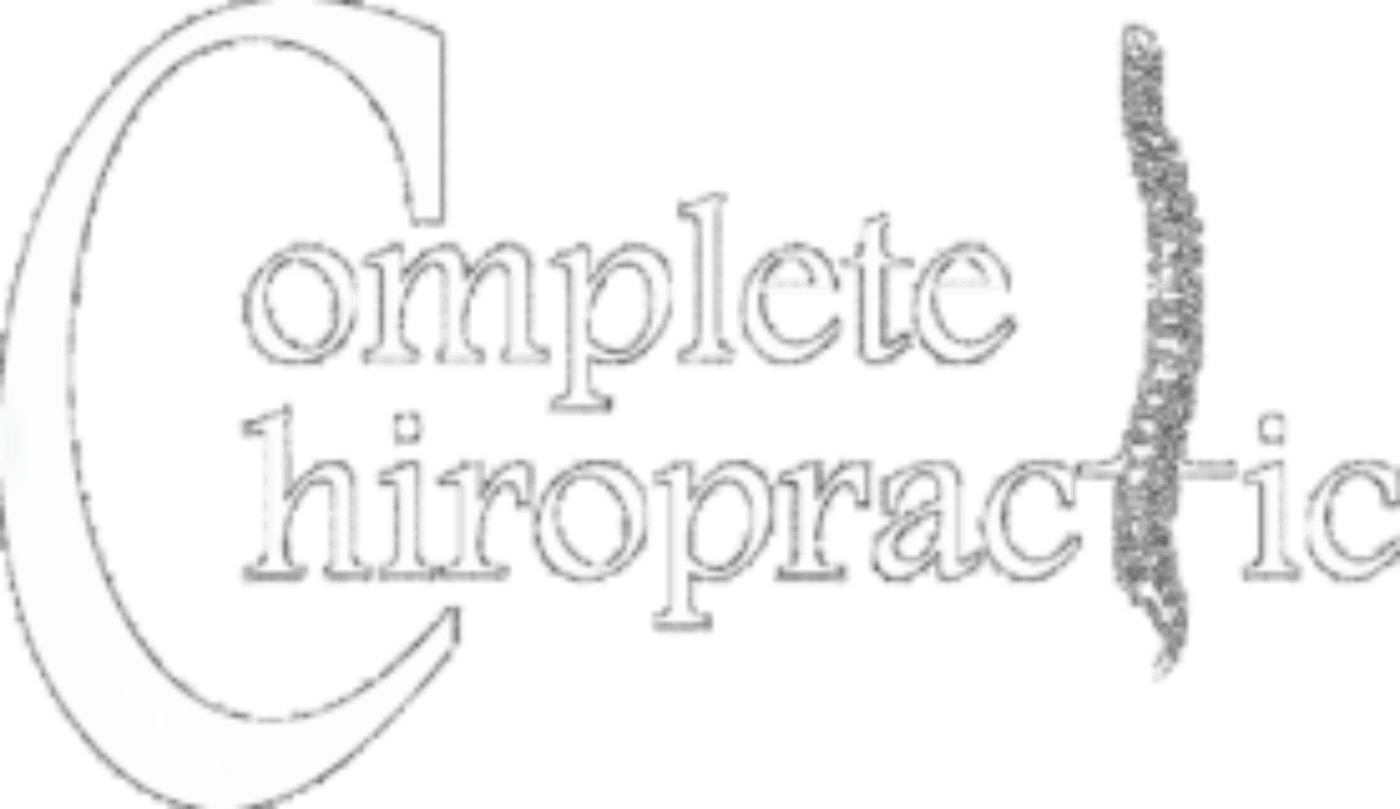The frequency of continued chiropractic care can be different for different people and we work to help lengthen the time with home exercises and advise.
We do strongly suggest continued care with our patients. Ultimately this is the patient’s choice and we gladly see patients for flair ups. With continued care, patients show less pain, less flair ups or re-aggravations and less time to return back to normal with any aggravations.
Please, email us or visit our website @ www.completechirocenter.com for more information.
Does Maintained Spinal Manipulation Therapy for Chronic Nonspecific Low Back Pain Result in Better Long-Term Outcome?
Senna, Mohammed K. MD; Machaly, Shereen A. MD
Study Design. A prospective single blinded placebo controlled study was conducted.
Objective. To assess the effectiveness of spinal manipulation therapy (SMT) for the management of chronic nonspecific low back pain (LBP) and to determine the effectiveness of maintenance SMT in long-term reduction of pain and disability levels associated with chronic low back conditions after an initial phase of treatments.
Summary of Background Data. SMT is a common treatment option for LBP. Numerous clinical trials have attempted to evaluate its effectiveness for different subgroups of acute and chronic LBP but the efficacy of maintenance SMT in chronic nonspecific LBP has not been studied.
Methods. Sixty patients, with chronic, nonspecific LBP lasting at least 6 months, were randomized to receive either (1) 12 treatments of sham SMT over a 1-month period, (2) 12 treatments, consisting of SMT over a 1-month period, but no treatments for the subsequent 9 months, or (3) 12 treatments over a 1-month period, along with “maintenance spinal manipulation” every 2 weeks for the following 9 months. To determine any difference among therapies, we measured pain and disability scores, generic health status, and back-specific patient satisfaction at baseline and at 1-, 4-, 7-, and 10-month intervals.
Results. Patients in second and third groups experienced significantly lower pain and disability scores than first group at the end of 1-month period (P = 0.0027 and 0.0029, respectively). However, only the third group that was given spinal manipulations (SM) during the follow-up period showed more improvement in pain and disability scores at the 10-month evaluation. In the nonmaintained SMT group, however, the mean pain and disability scores returned back near to their pretreatment level.
Conclusion. SMT is effective for the treatment of chronic nonspecific LBP. To obtain long-term benefit, this study suggests maintenance SM after the initial intensive manipulative therapy.
